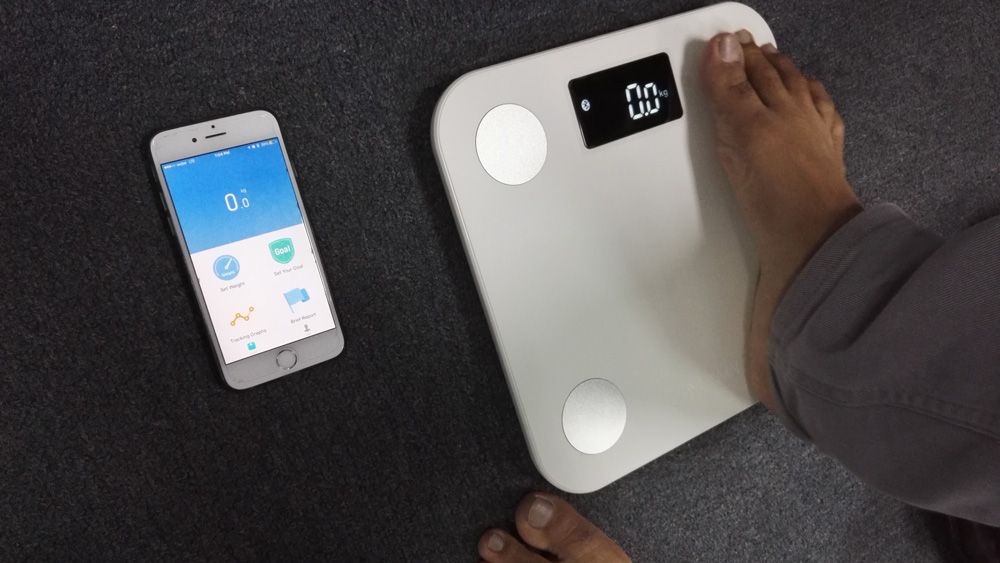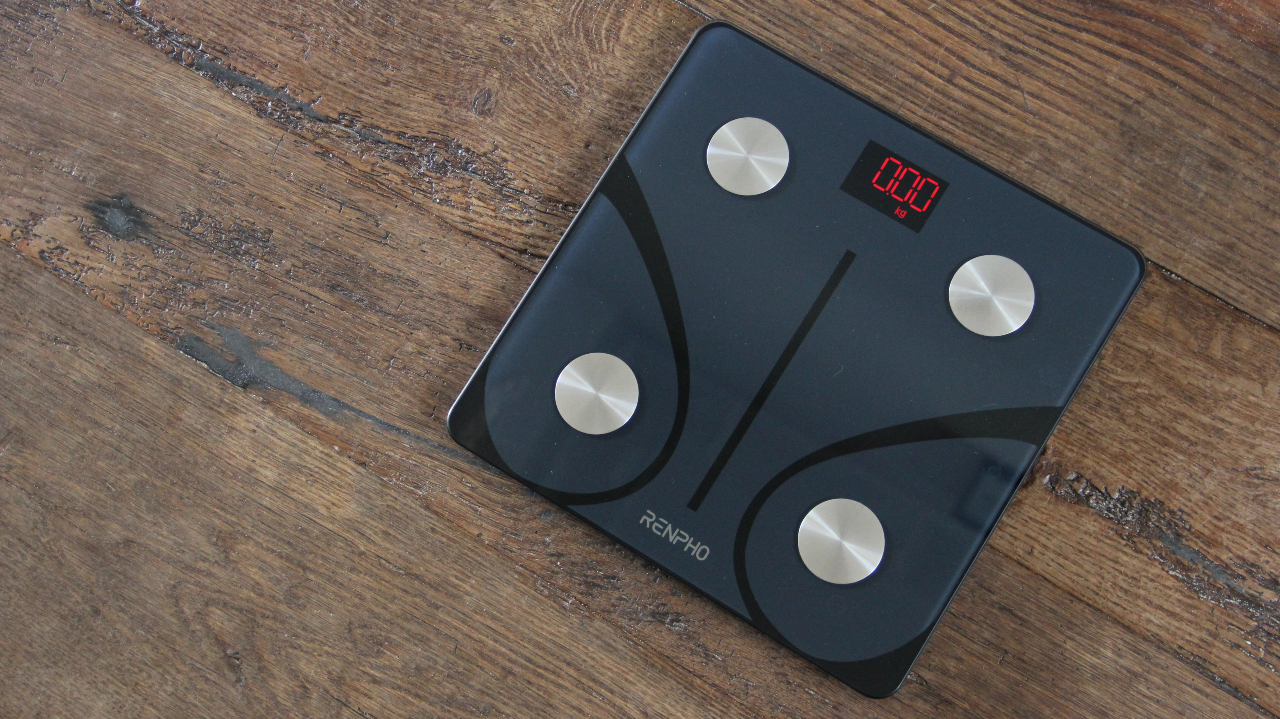What Is A Healthy Body Fat Percentage?
Coach investigates what constitutes a healthy body fat percentage

People’s basic motivations for hitting the gym tend to stay pretty stable: lose weight, train to get better at a sport, or build a more attractive body. What counts as an attractive body has changed over time, though. For instance, in the past men hit the weights room with the primary aim of bulking up, but today the main fitness goal of many is to “get lean” – namely to strip away the fat in your body to reveal the array of muscles beneath. Think Marvel superheroes or Cristiano Ronaldo at any point in the past 10 years. Ripped muscles, and not a shred of excess flab.
To achieve this physique there has been an increased focus among trainers and gym-goers alike on reducing body fat, with the ultimate target considered to be single digits for a shredded physique. But whatever your training aims, it’s worth figuring out your body fat percentage because it’s a good overall indicator of how healthy you are. And the good news is you don’t have to be shredded to be healthy.
“Having a healthy body fat percentage can reduce the risk of numerous medical conditions,” says Dr Luke Powles, a GP at Bupa’s Crossrail Health Centre in London.
“An elevated body fat percentage has proven links to higher cholesterol levels and raised blood pressure, which are both factors that increase the chance of having a stroke or suffering from heart disease. As well as being linked to some types of cancer and diabetes, a higher body fat percentage can cause erectile dysfunction in men.
“It is also important not to have a body fat percentage that is too low – being underweight is linked with a number of health issues as well.”
It’s now easier than ever before to monitor your body fat: you can get smart scales, fitness trackers and handheld scanners that provide the stats on your body composition. For fans of more old-school (and cheaper) methods, calipers will also do the job.
What Is Body Fat Percentage?
Put simply, fat is a collection of unused energy and body fat percentage is the ratio of fat to total bodyweight. Just in case you’re under the impression that fat is uniformly bad for you and should be eradicated at all costs, let us introduce you to the two types of fat: essential and stored.
Essential fat, unsurprisingly, is essential to the normal and healthy functioning of the body. Without essential fatty acids, such as omega-3 from oily fish, nuts and seeds, it would be impossible for our bodies to process nutrients like the fat-soluble vitamins A, K, and D, which assist in immune health, blood clotting, and the absorption of calcium. Fat is also essential for the protection of our organs as well as to the insulation that regulates our internal temperatures.
The other type of fat, called storage fat, is the result of a calorie surplus. When we eat, calories that are not used for immediate functions (such as to provide the energy for respiration and to provide the fuel to keep your heart ticking) are converted into the triglycerides that make up storage fat. A frequent surplus of calories causes fat stores to accumulate, resulting in weight gain. On the flip side, a recurring calorie deficit forces the body to use up its stored fat as energy, depleting the supply and resulting in weight loss.
What Is A Healthy Body Fat Percentage?
Well of course it all depends, with factors like height, gender and genetics all playing a part. And to muddy the waters further there is no uniform standard: the NHS prefers to focus on BMI. The below table of body fat percentage ranges for men and women from the American Council on Exercise is frequently quoted and a solid reference point.
Get the Coach Newsletter
Sign up for workout ideas, training advice, reviews of the latest gear and more.
| Row 0 - Cell 0 | Men | Women |
| Essential Fat | 2%-5% | 10%-13% |
| Athletes | 6%-13% | 14%-20% |
| Fitness | 14%-17% | 21%-24% |
| Average | 18%-24% | 25%-31% |
| Obese | 25% and higher | 32% and higher |
It doesn’t, however, take into account the effects of advancing age, as this table for men’s body fat percentage taken from the Royal College of Nursing in November 2015 does.
| Rating | 20-39 Years | 40-59 Years | 60-79 Years |
| Low | < 8% | < 11% | < 13% |
| Healthy | 8-20% | 11-22% | 13-25% |
| Raised | 20-25% | 22-28% | 25-30% |
| High | > 25% | > 28% | > 30% |
You can expect to move into the higher regions of a range as you get older. Ultimately, though, you shouldn’t just rely on your body fat percentage to gauge your health. Combine them with your BMI score and waist-to-height ratio, both explained below, to get a handle on whether you’re a healthy weight.
How To Measure Body Fat

By now you should be well convinced of the merits of measuring your body fat percentage and keen to find out your vital stats. There are a few ways to do this, which vary in their ease of use and accuracy. Consumer devices can be a little iffy in their accuracy, so the main thing to remember is that if you use the same scanner at the same approximate time each week, you should get a picture of how your body fat percentage is changing even if the numbers aren’t precisely correct.
Calipers are the time-honoured method of measuring body fat and they remain the cheapest way to do it yourself today. You measure the fold in a pinch of skin on at least three spots on your body, then put those numbers into an app or online calculator to estimate your body fat percentage.
There are couple of options for those who want to get more technological: smart scales and handheld scanners. Both can give a host of body composition stats, including body fat percentage, and are incredibly easy to use – most will even beam your numbers straight to an app to help you track changes over time.
For those who want the utmost accuracy in their measurement, there are options like hydrostatic weighing and dual-energy X-ray absorptiometry (DEXA) to consider, but these will hit the wallet hard and for body fat measuring purposes are generally only used by professional athletes.

Nick Harris-Fry is a journalist who has been covering health and fitness since 2015. Nick is an avid runner, covering 70-110km a week, which gives him ample opportunity to test a wide range of running shoes and running gear. He is also the chief tester for fitness trackers and running watches, treadmills and exercise bikes, and workout headphones.









